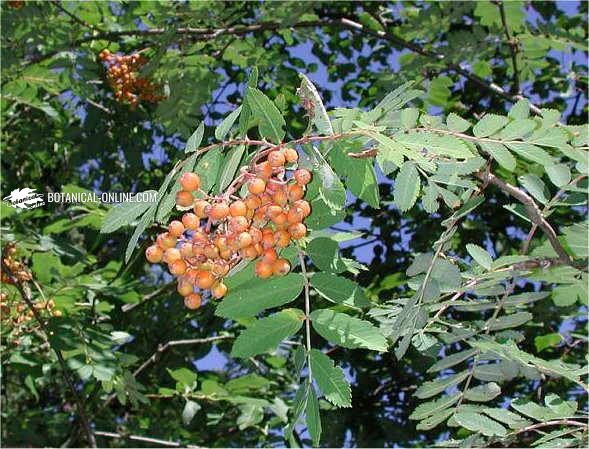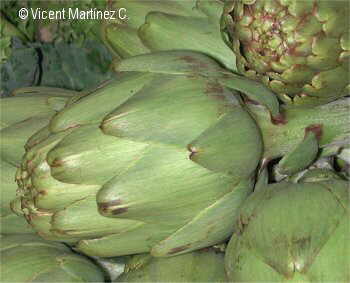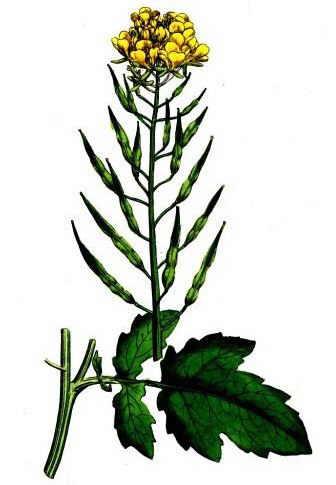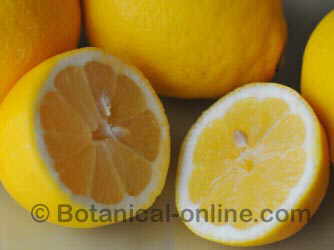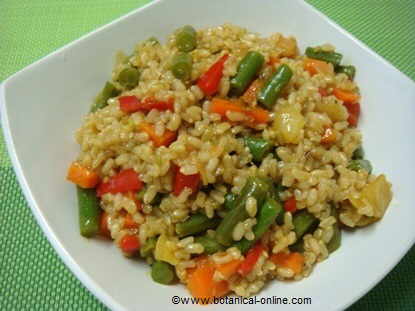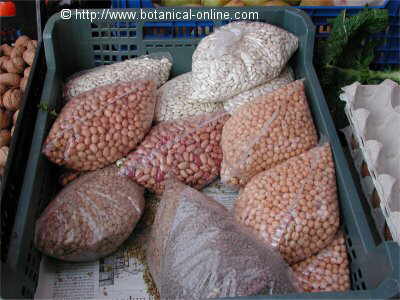Contents
Benefits and functions of aspartic acid, nonessential amino acid
What is aspartic acid?
Aspartic acid is a nonessential amino acid that exerts blood detoxifying functions, that is to say, it promotes circulation and eliminating toxins from our body through the liver and kidneys.
It also has a beneficial effect against fatigue situations.
Its abbreviated name is Asp. Chemically it is a dicarboxylic amino acid, because in its radical chain., it contains a carboxyl group. It’s the same than amino acid, glutamic acid.
Aspartic acid is an amino acid which, together with phenylalanine, makes aspartame molecule.
Properties of aspartic acid
The detoxifying action of aspartic acid is mainly manifested in their ability to remove ammonia from the body.
Ammonia is produced in cell metabolism. Excess of ammonia in the body can be caused by excessive intake of protein, such as protein diets or abuse of sports supplements rich in protein for body builders.
In normal amounts, it becomes urea that is removed during urine voiding. Excess of ammonia in blood is especially toxic to the brain, being is responsible for lightheadedness, lack of alertness, confusion, etc.
There are some circumstances in which ammonia can accumulate in the blood, such as liver failure, leukemia or large muscle efforts.
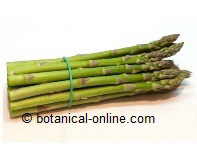 Photo of asparagus. Foods rich in aspartic acid are lentils, peas, soybeans and asparagus
Photo of asparagus. Foods rich in aspartic acid are lentils, peas, soybeans and asparagus
Other benefits of aspartic acid
Aspartic acid is also capable of removing other toxins from the blood, which protects the liver diseases, such as cirrhosis.
Moreover, the nervous system is also favored by the removal of ammonia since aspartic acid also exerts neurotransmitter function. Doing this, some abnormalities of the nervous system can be avoided or improved, such as depression, anxiety, stress, lack of motivation, etc.
Aspartic acid, assisted by potassium and magnesium, activates cell metabolism and is involved with minerals mentioned in the renewal of cells. This feature provides renewed energy to the body, which feels fuller and manages to avoid the usual fatigue or chronic fatigue syndrome. Eating foods rich in aspartic acid will make us feel younger and stronger.
It is not surprising that aspartic acid is commonly used by athletes, to whom it provides extra energy, making them feel less fatigue and helping to remove excess ammonia that intense physical activity produces.
In addition, aspartic acid exerts a remineralizing function because it increases the absorption of minerals such as calcium, potassium, magnesium and zinc. Indirectly, this amino acid may help prevent osteoporosis, where a good supply of calcium is necessary.
It could also be interesting to decrease fluid retention by means of increasing the absorption of potassium. The importance of zinc in healthy hair or nails is highly valued, as well as its antioxidant properties.
Magnesium, calcium and potassium are actively involved in the health of veins and arteries. Aspartic acid contributes, along with these minerals, to provide greater elasticity and resistance to our blood vessels so it can help prevent some circulatory abnormalities such as atherosclerosis.
Contraindications of aspartic acid
- Pregnant women or people suffering from liver and kidney should not take supplements of aspartic acid.
Foods containing aspartic acid
Animal foods are those that contain more aspartic acid, for example eggs
Within plant foods, we include, for example, pistachios or walnuts
* More information: Foods rich in aspartic acid
Aspartic acid supplements
Although you can take supplements of aspartic acid, it is recommended to meet the needs of this amino acid through a balanced diet. If supplementation is necessary, consult with the specialist before taking it.
* Related information:
– How to combine vegetable proteins
List of amino acids in food | |
Essential amino acids | Nonessential amino acids |
Phenylalanine, Isoleucine, Leucine, Lysine, Methionine, Threonine, Tryptophan, Valine | Aspartic acid, Glutaminic acid, Alanine, Arginine, Cysteine, Cystine, Glycine, Hydroxyproline, Proline, Serine, Tyrosine |
![]() More information on amino acids.
More information on amino acids.

